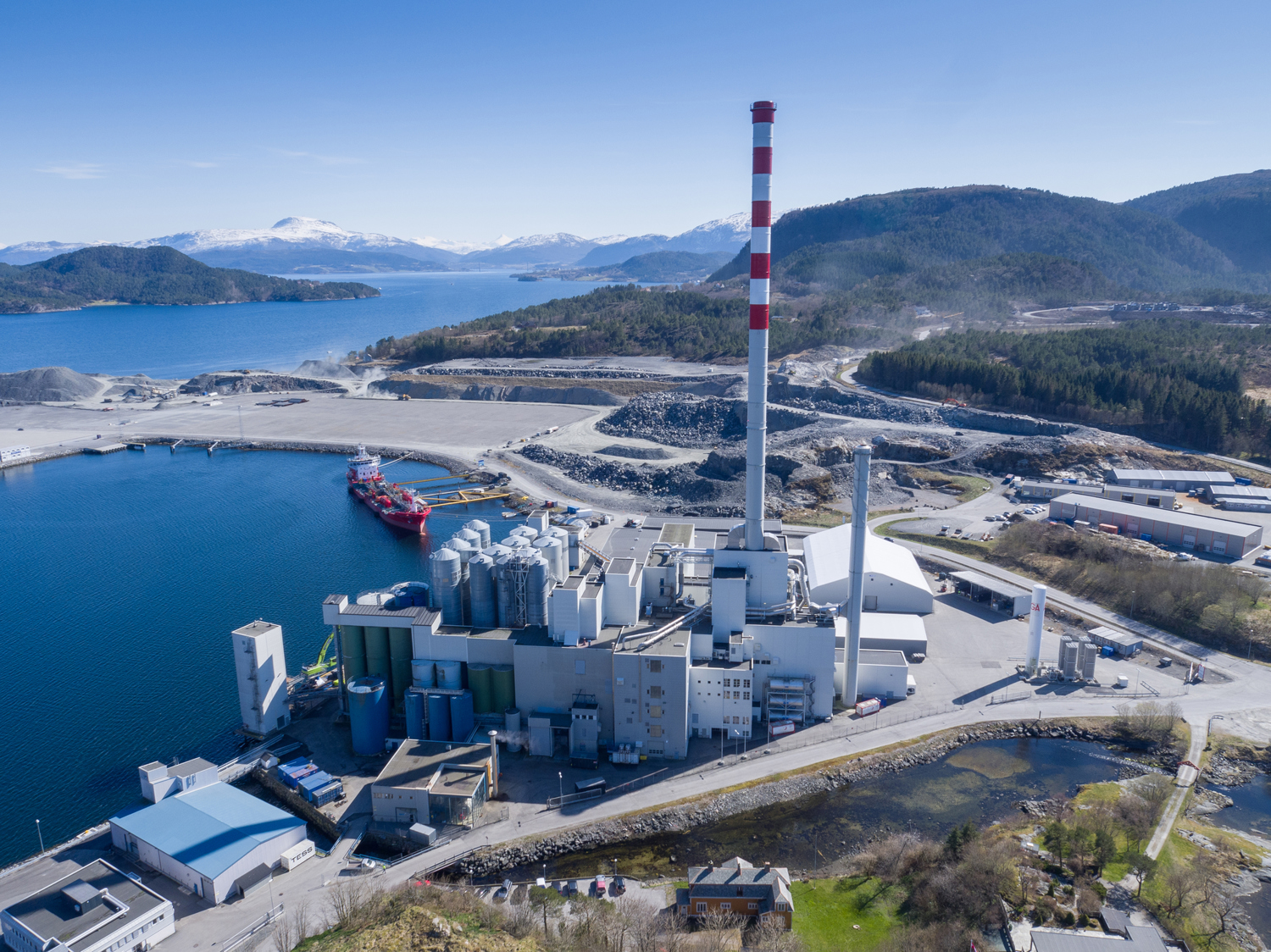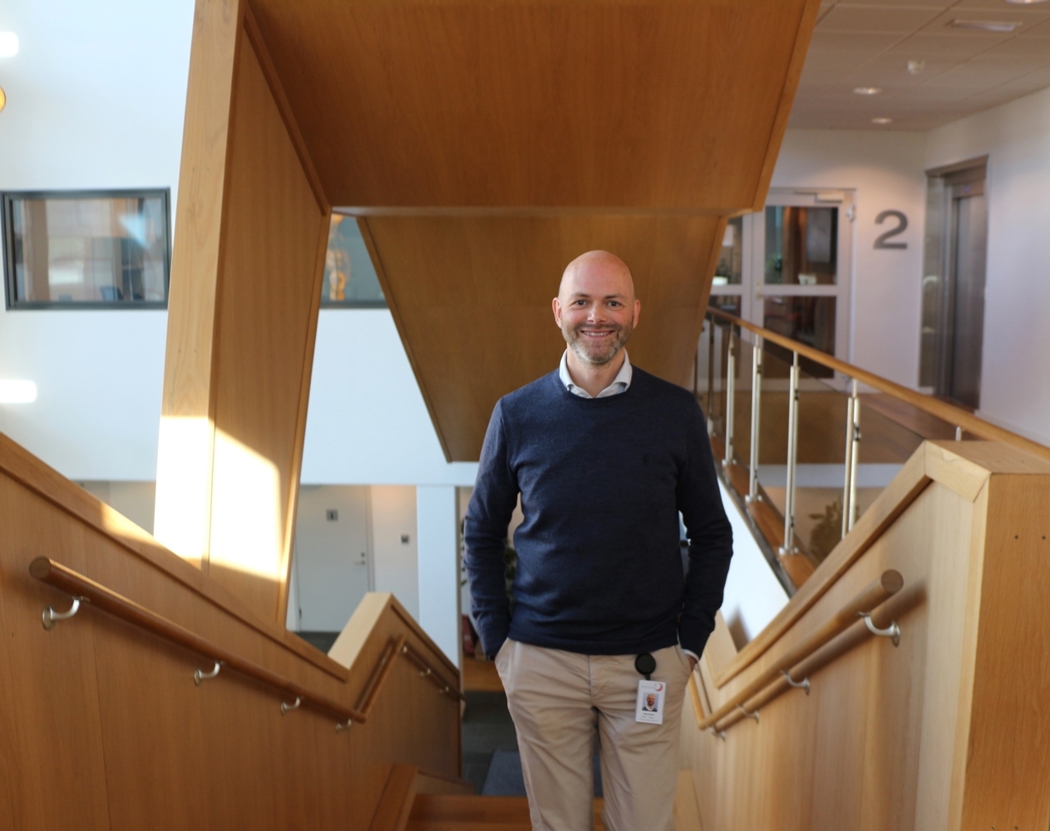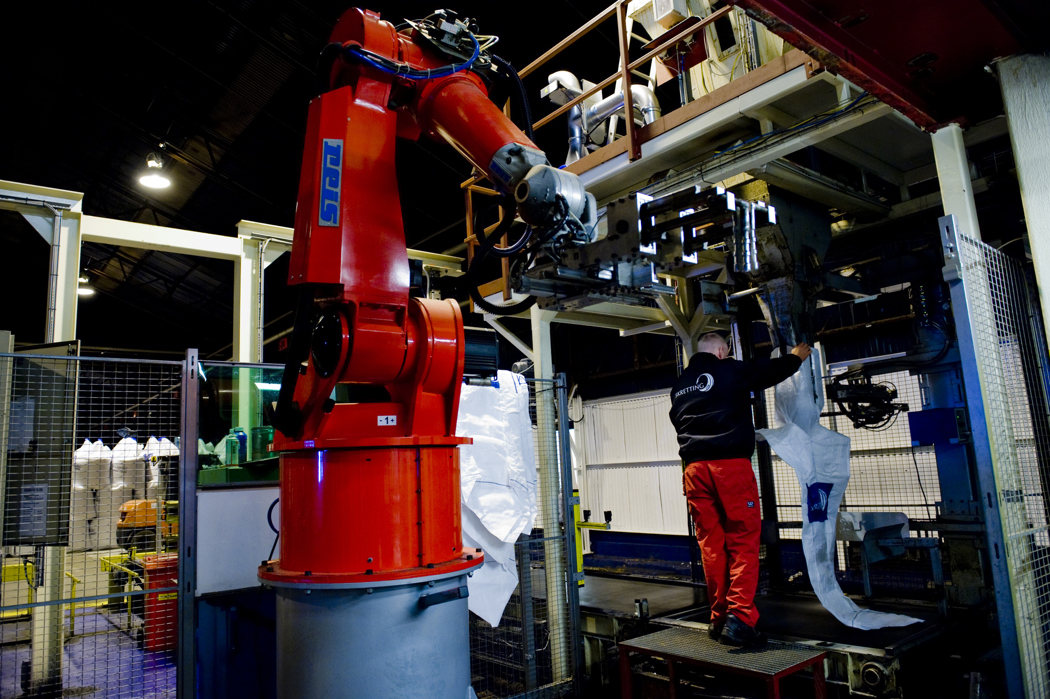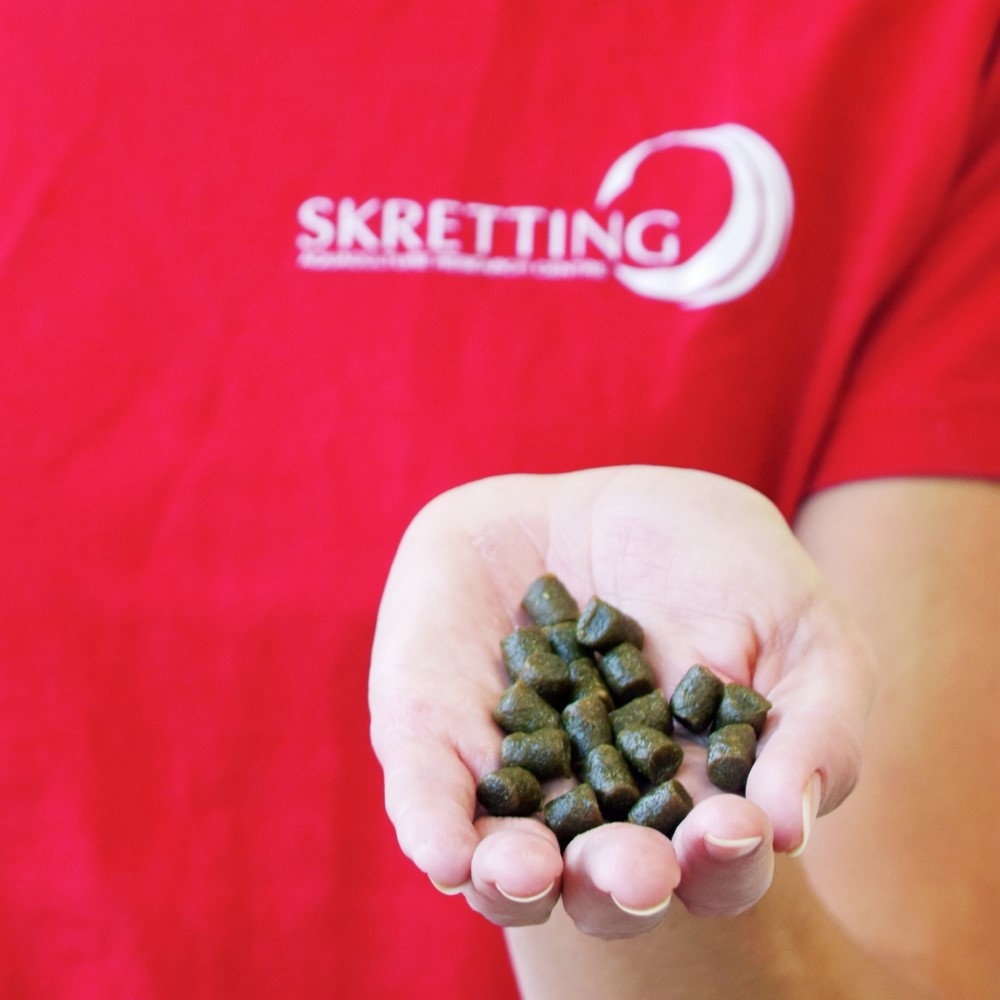Besides freeing process operators to focus on feed production, this innovation has also led to better quality control and optimisation of raw material usage.
Machines take over feed analyses at Skretting Norway

Skretting has production facilities in 18 countries around the world, producing over three million tonnes of feed every year. In order to be sure that we are producing the very best quality feed, we make use of NIR (near infrared spectroscopy) instruments to provide rapid and accurate nutritional analyses of feed ingredients, intermediate products, and finished feeds. To this end, 600,000 samples are manually passed through around 60 instruments annually, generating over three million analytical results.
Although the samples require little preparation and results are available almost instantly, the processes are dependent on process operators to collect samples and run scans at intervals. “We wanted to know how we can relieve them from the task of chemical analysis so that they can focus on their main job, which is to produce the feed,” said Ørjan Breivik, NIR Team Lead at Skretting Aquaculture Innovation. In collaboration with Skretting Norway, they launched an online NIR project to automate a process that would define when to collect samples and perform the analysis – without any human intervention.
With this new, digitised way of working, the process operators can now focus more time on monitoring the feed production process.

"We have lots of experience with manual NIR analyses and we know what works. The challenge was to find the machines that would allow us to build, test and refine a new, digitised way of working," says Ørjan. He believes the investment of time and money has been worth it. "The process operators can now focus more time on monitoring the feed production process. With online NIR, the frequency of analysis has gone up, so that behind an average batch of feed, there is now more data – and good quality data, at that."
The greater frequency of testing means Averøy’s process operators are able to see if things are going according to plan, and address issues promptly as they arise. The result is more homogenised products, fewer products that are out of specification, and less rework. And with more frequent and accurate analyses, their customers can also be assured of solid quality control. Another benefit of the online NIR is that they have been able to further optimize the use of raw materials in the plant.
"By implementing online NIR in our plants, we killed two birds with one stone," says Hilde Roald, Manufacturing Director at Skretting. "We have reduced the time spent on quality control of finished feed, and vastly increased the number of analyses. The latter creates a bigger and more accurate finished feed data set, which enables us to be more precise in our formulation. As raw materials account for 80% of the feed cost, all improvements in formulation directly impacts the feed cost, and our competitiveness in the market."
According to Ørjan, Skretting Norway went on to implement the online NIR in their Stavanger plant in the summer of 2024. “Their investment in a second machine is a confirmation that raw material optimisation provides significant cost savings, while also adding tremendous value to the feed production process,” he says.
We have reduced the time spent on quality control of finished feed, and vastly increased the number of analyses, which enables us to be more precise in our formulation. As raw materials account for 80% of the feed cost, this directly impacts the feed cost, and our competitiveness in the market.

